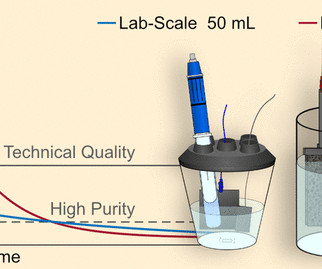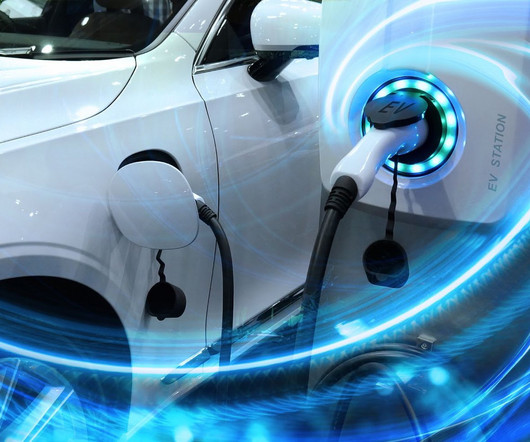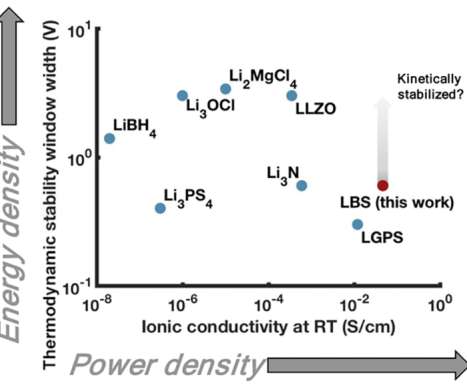Chalmers team develops method to reduce levels of mercury in sulfuric acid
Green Car Congress
JULY 10, 2023
An open-access paper on the method is published in ACS ES&T Engineering. It is stored in the soil, water and living organisms, impacting the entire food chain. The limit values for how much mercury sulfuric acid may contain are based on the technology available today.




















Let's personalize your content